This was published 6 years ago
Ten great tourist attractions that no longer exist - and their still-standing alternatives
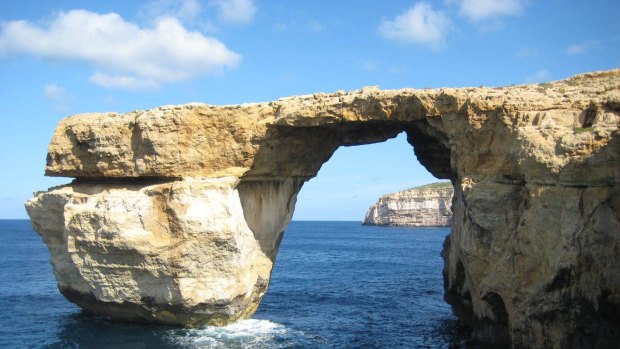
Malta's Azure Window in 2014.Credit: AP
Crossing something off the bucket list is usually a case of going to see an incredible attraction. But, for some, the crossing off has to be done in a much more tragic way. Whether through human or natural destruction, these stunners are now lost to history…
1 THE AZURE WINDOW
Disgruntled TripAdvisor reviewers have been giving the Azure Window – a rock formation on the coast of Maltese Island Gozo – one star roastings. This is hardly unfair, however, given that the photogenic arch crashed into the sea in March. Alas, day tours are still heading out there, and while the coastal scenery is still pleasant, it's not exactly what was billed. Alternative: The Hole In The Rock in New Zealand's Bay of Islands pulls off a similar effect.
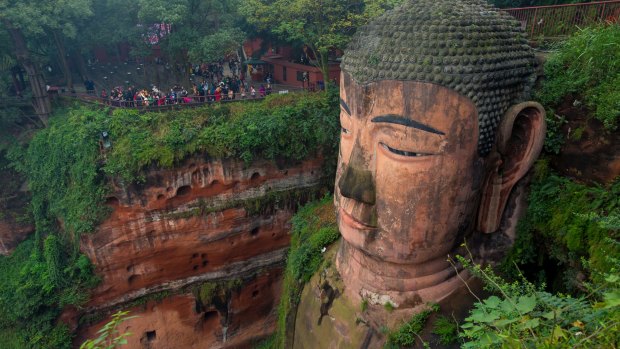
The 71m tall Giant Buddha (Dafo), carved out of the mountain in the 8th century CE, Leshan, Sichuan province.Credit: Shutterstock
2 THE LIGHTHOUSE OF ALEXANDRIA
Of the Seven Wonders of the World, only the Great Pyramid of Giza is still standing. Of the others, the Lighthouse of Alexandria finally succumbed to a series of earthquakes in 956, 1303 and 1323. Its exact height was open to debate, but it's thought to have stood more than 120 metres tall – making it one of the tallest structures on earth for centuries. Some of the stones used to build it are now sunk in Alexandria's Harbour, while others were used to build the Citadel of Qaitbay on the site. Alternative: The 132-metre Jeddah Light in Saudi Arabia is even taller.
3 PENNSYLVANIA STATION
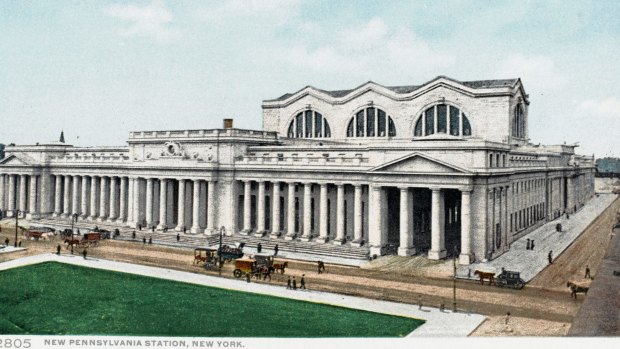
Credit: Pennsylvania Station Alamy
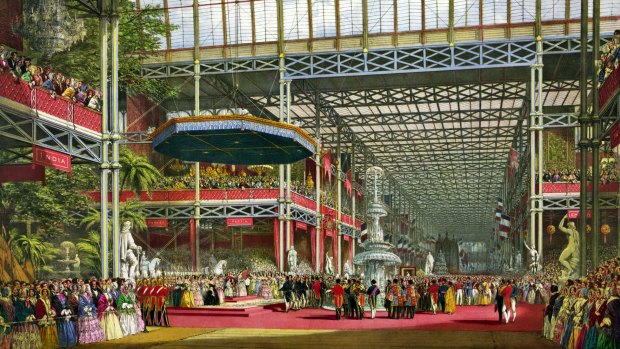
Contemporary print depicting the inauguration of the Great Exhibition of 1851 - also known as the Crystal Palace Exhibition. Credit: Alamy
These days, it's Grand Central Station that gets visitors all swoony in New York City, while the more useful Penn Station is an ugly underground monstrosity. It wasn't always this way, though – the original Pennsylvania Station was a dreamy piece of architecture; an airy beaux arts masterpiece. Then it was unceremoniously demolished in 1963, an act of vandalism that spurred the heritage movement in the US. Alternative: Stare at Grand Central's star-painted ceiling instead.
4 THE BUDDHAS OF BAMIYAN

Credit: Leshan Giant Buddha Shutterstock
Back before Afghanistan turned into a grim perma-fighting mess, the Buddhas of Bamiyan were one of the country's main drawcards. Built into a Bamyan Valley cliff in the 6th century, and standing at 35 and 53 metres tall respectively, the Buddhas managed to survive Genghis Khan – but not the Taliban. The Islamist fundamentalists decreed the Buddhas had to go in 2001, and brought them down with dynamite. They may, eventually, get rebuilt – Afghan groups are in talks with UNESCO. Alternative: The Leshan Giant Buddha in Western China does the rock-carved massive Buddha thing too.
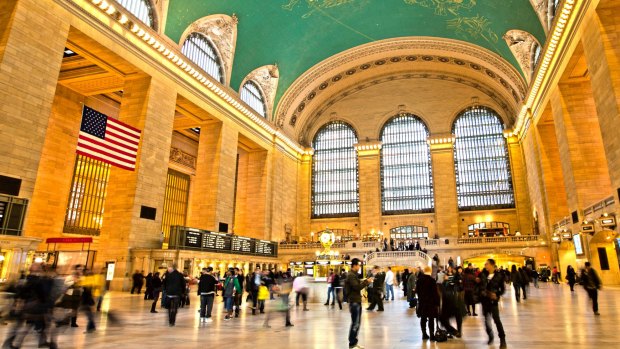
Commuters and shoppers at Grand Central in New York.Credit: Shutterstock
5 THE PORCELAIN TOWER OF NANJING
There is now a tower standing proud in Nanjing again, after a Chinese businessman donated more than $US150 million to have it built. But it's a steel replica of the original porcelain effort, which stood at 79 metres tall and had a golden pineapple on top. The Porcelain Tower was built by the Ming dynasty in a spectacular feat of showing off, but got ravaged then pulled down during the mid-19th century Taiping Rebellion. One faction didn't want the other to be able to use it as an observation platform… Alternative: The replica isn't half bad, you know…
6 SHAKESPEARE'S GLOBE
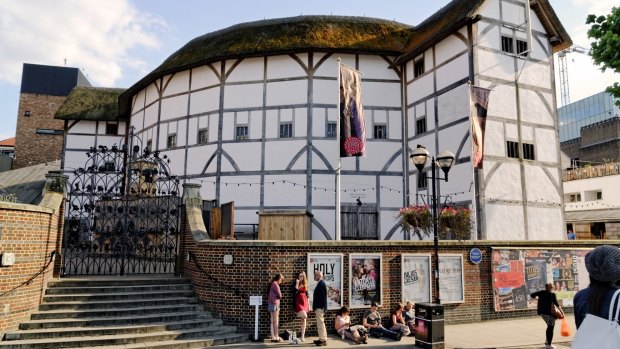
Credit: The Globe Theatre Shutterstock
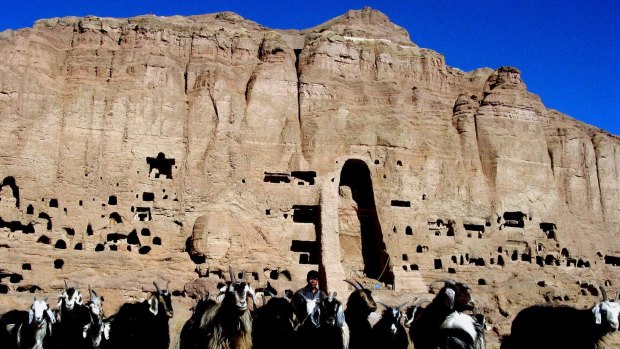
An Afghan boy shepherds the flock in front of the destroyed 37-metre Buddha statue Shamama in Bamiyan, central Afghanistan.
Also falling into the category of not entirely faithful reconstructions is the new Shakespeare's Globe Theatre in London, which has roughly half the capacity of the original and isn't in the same spot. The original, where Shakespeare acted, burned down in 1613. It was rebuilt a year later, but then got demolished in 1644. Alternative: The 20th-century resurrection attempted to stay as close to the original as possible, and still host Shakey's plays. See shakespearesglobe.com
7 THE CRYSTAL PALACE
London doesn't have a great track record with fires, and that's what did for the Crystal Palace as well. Built out of cast iron and glass for the Great Exhibition in 1851, and covering a whopping 92,000 square metres, it had the greatest area covered by glass ever seen at the time. After the exhibition, it was moved from Hyde Park to a hill in south London, but it burned down in 1936 just as King Edward VIII was preparing to abdicate. Alternative: The National Centre for the Performing Arts in Beijing is a humungous glass and titanium egg.

New Pennsylvania Station, New York.Credit: Alamy
8 SUTRO BATHS
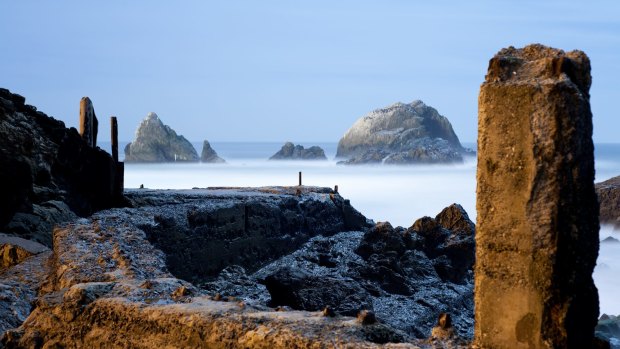
Credit: San Alfonso del Mar SHUTTERSTOCK
One former San Francisco mayor's slightly eccentric project led to the world's largest indoor swimming pool opening in 1896. Off a beach on the city's western side, the Sutro Baths had six saltwater pools, an ice rink and a 2700 seat amphitheatre. Not surprisingly, the operating costs were extremely high, and this high temple of swimming burned down in an extremely suspicious 1966 fire. Alternative: The pool at San Alfonso del Mar in Chile covers a whopping eight hectares.
9 THE PINK AND WHITE TERRACES
Long before New Zealand discovered banging on about the Lord of the Rings films, people would flock to the pink and white terraces in the Bay of Plenty. Made of huge silica deposits, they clambered up hillsides rather like rice terraces.
Unfortunately, the eruption of Mount Tarawera put paid to them, replacing them with a giant crater that later filled to become the new, improved Lake Rotomahana. Alternative: The Banaue Rice Terraces in the Philippines are green and man-made, but supremely impressive.
10 GUAIRA FALLS
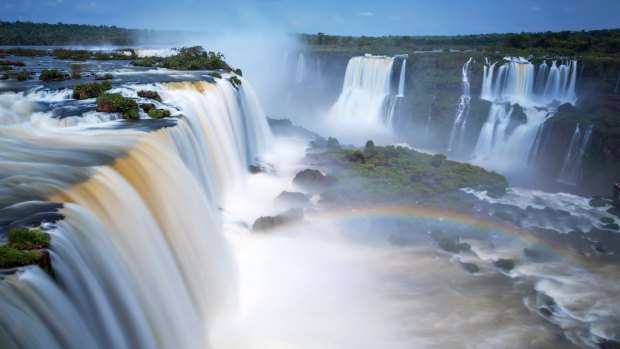
Credit: Shutterstock
A series of huge, furious, stunningly powerful waterfalls on the border between Paraguay and Brazil simply ceased to exist in 1982. The Parana River was dammed to create a reservoir, and the waterfalls were consumed by the Itaipu Dam. It was part of the world's largest hydroelectric project at the time, but locals reliant on the tourist trade were understandably furious. Alternative: Iguazu Falls is justifiably the star attraction in these parts.
See also: Where you want to be right now - the world's hottest destinations
See also: The important parts of Australia - that aren't in Australia
Sign up for the Traveller newsletter
The latest travel news, tips and inspiration delivered to your inbox. Sign up now.